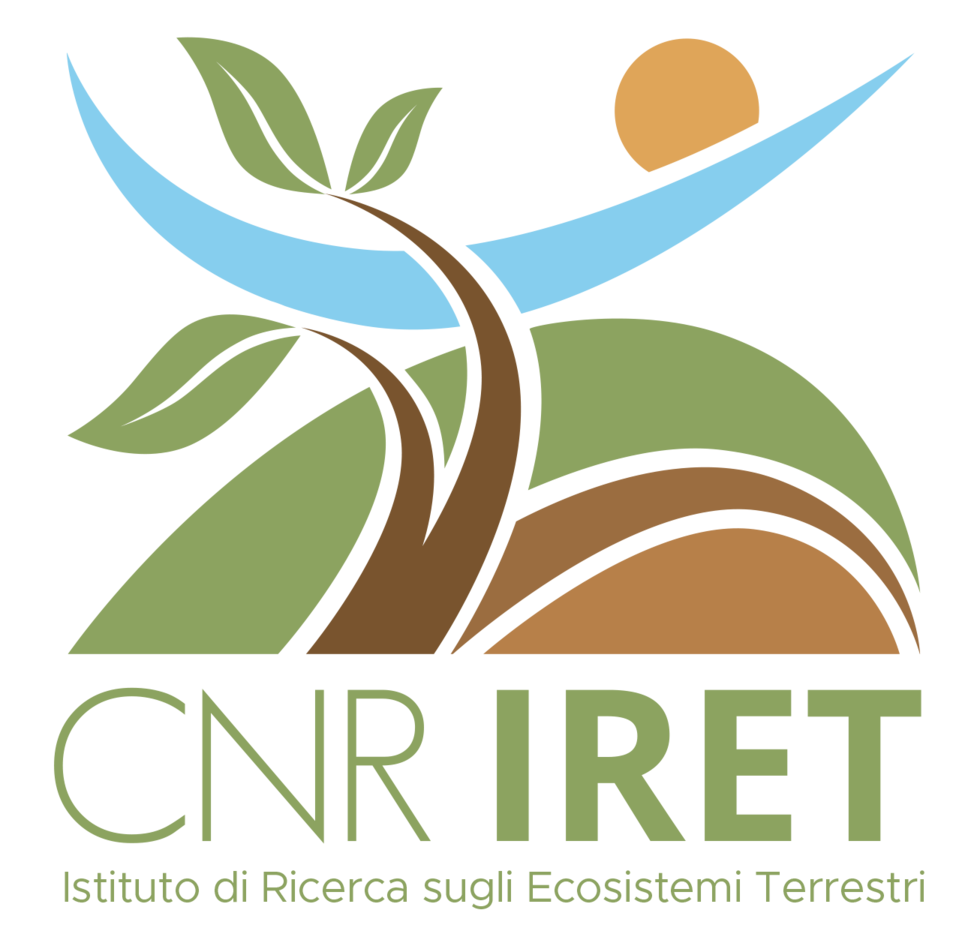Speaker
Descrizione
Nature-based Solutions (NbS) address environmental challenges while providing co-benefits for society and biodiversity. However, their successful adoption and implementation require accessible, digital, and interactive resources to guide stakeholders through the planning, implementation, and monitoring phases. Comprehensive catalogues offer to practitioners curated lists of NbS practices, while interactive tools facilitate spatially explicit planning, co-design, and adaptive management. Over the last decade, the European Community's effort in funding NbS research and implementation projects has been very significant. The results obtained in such projects have shown that digital resources can empower policymakers, practitioners, and communities in upscaling NbS by bridging knowledge gaps and providing practical guidance. Nevertheless, information on NbS remains fragmented, dispersed across multiple platforms, or overly focused on one or a few specific ecosystems (e.g., urban). Furthermore, the lack of standardization and consistent monitoring protocols for measuring NbS effectiveness, continues to impede the interaction among disciplines and the widespread adoption of NbS across diverse ecosystems. This work provides 1) an overview of NbS platforms, tools and repositories, showing their crucial role, as well as the barriers and gaps that hinder their effective use for NbS uptake, for example the lack of monitoring- and business-oriented platforms; 2) guidance and suggestions to upload and update NbS case studies into relevant repositories, according to the project outputs and the societal challenges addressed. A total of 115 platforms and digital tools were identified and further categorised according to the kind of data stored: a) Case Studies, namely implemented solutions in projects or research studies (23%); b) Categorical Solutions, also known as measures or units not necessarily related to a specific case study (10%); c) Data, such as tabular data and databases (31%); d) Knowledge Exchange, namely publications, reports, webinars, etc. (77%); e) Decision Supporting Tools, interactive web-based or stand-alone software, as well as methodologies (30%); and f) Simulation Tools (17%). The 27 platforms storing case studies were further analysed to identify, first, the platforms enabling the users to upload or update data and, second, the following parameters assessed by simulating the upload of case studies: (i) the upload modality; (ii) the type of outcomes, namely Actions and Initiatives, Strategies including Policies, or Data generated from Monitoring activities through Key Performance Indicators; (iii) the relevancy to the 12 societal challenges following the NetworkNature’s European Roadmap to 2030 for Research and Innovation on Nature-based Solutions; (iv) the focus on biodiversity and/or business data. Finally, the 12 platforms enabling the upload and update of case studies were included in a flowchart and described synthetically in NbS case study repository profiles, to guide users in selecting the most suitable online repositories, based on the characteristics of the case study they wish to share.
